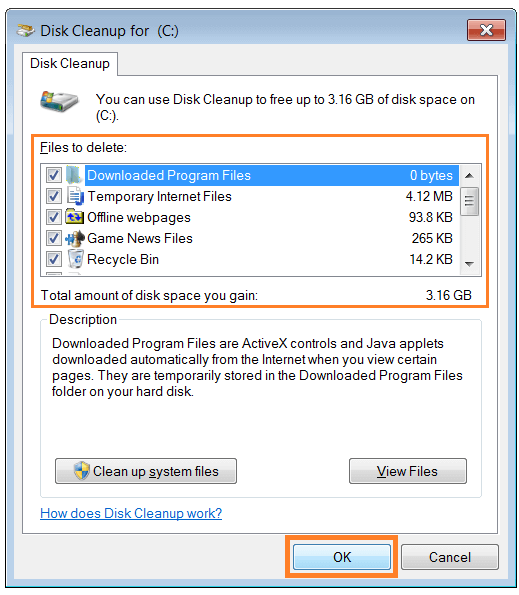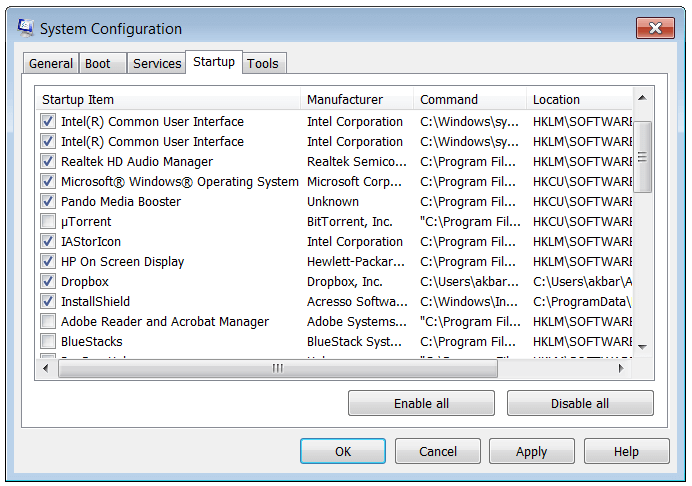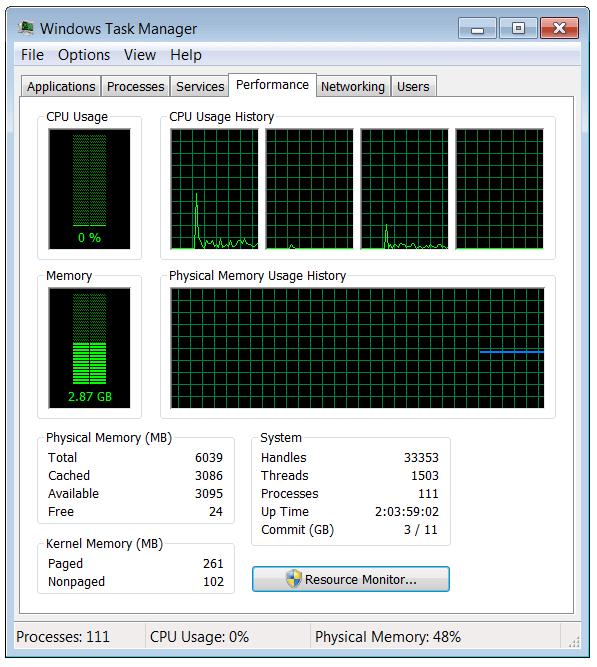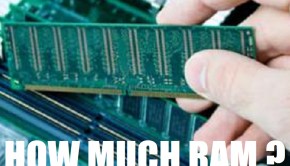How To Upgrade Computer
Reader Question: “Hi Wally, I want to upgrade my computer. Any tips on what I should be doing?“- Ryan B., Canada
Before addressing any computer issue, I always recommend scanning and repairing any underlying problems affecting your PC health and performance:
- Step 1 : Download PC Repair & Optimizer Tool (WinThruster for Win 10, 8, 7, Vista, XP and 2000 – Microsoft Gold Certified).
- Step 2 : Click “Start Scan” to find Windows registry issues that could be causing PC problems.
- Step 3 : Click “Repair All” to fix all issues.
Setting up weekly (or daily) automatic scans will help prevent system problems and keep your PC running fast and trouble-free.
Wally’s Answer: If you are using a desktop computer bought two or three years ago, chances are that you can still upgrade it economically, and get the desired performance from it.
Some people feel the need to replace their old computer as soon as it starts to slow-down. With proper maintenance, and a few simple upgrades you can extend the life of your computer easily.
Maintenance
Maintenance is required to keep the computer running smoothly. Maintenance tasks can be automated using software like WinThruster which bundles many such tasks into one package.
Even if you are careful and don’t install software from questionable sources, chances are that your computer is going to start to slow-down eventually. Luckily, we can increase computer performance, and restore it to its previous performance level, and beyond. If you are planning to upgrade computer parts, try maintenance first.
Remove Temporary Files
Disk Cleanup is a built-in Windows utility that helps remove various temporary files from the computer.
Click the Start button, go to All Programs > Accessories > System Tools > Disk Cleanup > Select a Drive > click OK
It should scan the drive for temporary files and then show you a list of files to delete. Check appropriate boxes and click OK.
That should help you get rid of unnecessary files.
Optimize the Registry
One of the main things to do in order to speed up a computer is to tune its registry. A computer’s Registry is one of its most vital components. Upgrade computer registry maintenance by using registry optimization tools like WinThruster.
Changing Startup Programs
Disable these programs by using msconfig. Pressing the Windows key while holding ‘R’ should open the run dialog box. Type msconfig and press enter. In Msconfig click the Startup tab and uncheck the applications that you don’t want to run. You should only disable the ones that you understand.
Using Add and Remove Programs
You can speed up a computer by uninstalling software that you don’t use. Just open Control Panel, Add/Remove Programs, click a Program and click Uninstall to remove it from the computer.
Some of these programs come pre-installed, and removing the ones you don’t need can increase computer speed. When removed, these programs leave behind traces in the computer’s registry which can be removed using registry optimization software.
Remove Viruses
Keep your Antivirus program updated. It should automatically run a virus scan to keep your computer safe. Some Anti-Virus software include Avast, Microsoft Security Essentials, and AVG.
Remove Spyware
Spyware can “spy” on you by logging your keystrokes to steal passwords and credit card information. They can also cause slow computer problems. Install anti-spyware to keep your computer spyware free. Some Anti-spyware software includes WinThruster, and Spybot – Search & Destroy.
Computer check-up & maintenance software can be used to automate most problems listed above (except for viruses), and can even give your computer an upgrade by shedding the weight of extra tasks which take-up resources.
You can use SuperSonicPC and other software to scan and fix many problems that can cause the computer to slow down over time.
Upgrade Computer
To upgrade computer components, you need to find out what your computer lacks. A computer has various essential components, and different people have different tasks they want to perform on their computers.
Is a Hardware Upgrade needed?
If your computer is still running slow after maintenance, it must be lacking the hardware needed to do what you use it for. If you are using a laptop computer then you can upgrade computer memory, but your options are limited. On the other hand, if you are using a desktop computer then you have a much wider range of options to upgrade computer components.
Use the Windows Task Manager to check what your computer lacks. Just run the programs that you normally use and open the Performance tab. Under the Performance tab, check the CPU Usage and Memory to see if they are constantly running near maximum. If the Memory is nearly full constantly, then all you need to do is add more RAM (ask a computer professional for help). If the CPU is constantly running full-throttle, you may need to upgrade your computer (Although this may potentially be a sign of a virus or malware infection).
CPU-Z
CPU-Z is a software that helps you find out your computer’s processor model, speed, number of cores, voltage, and cache information. It also displays data about your computer’s motherboard, chipset, memory, graphics interface, and even displays details about your computer’s GPU.
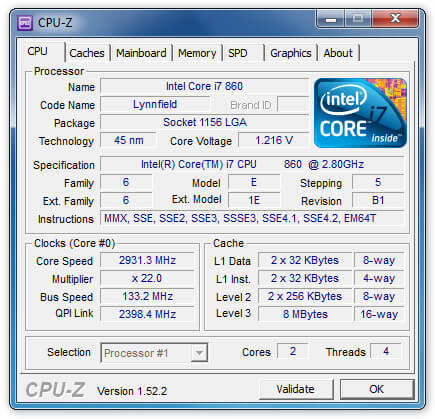
Belarc Advisor
Belarc Advisor is useful because it analyses your computer for weak points, and potential security problems in your computer. After scanning, it presents the user with results, alerting the user about critical Windows security updates and outdated anti-virus programs. It also gives a simple hardware report.
I Hope You Liked This Blog Article! If You Need Additional Support on This Issue Then Please Don’t Hesitate To Contact Me On Facebook.
Is Your PC Healthy?
I always recommend to my readers to regularly use a trusted registry cleaner and optimizer such as WinThruster or CCleaner. Many problems that you encounter can be attributed to a corrupt and bloated registry.
Happy Computing! ![]()

Wally’s Answer Rating
Summary: Every Windows Wally blog post is evaluated on these three criteria. The average of all three elements determines an "Overall Rating" for each blog post.

